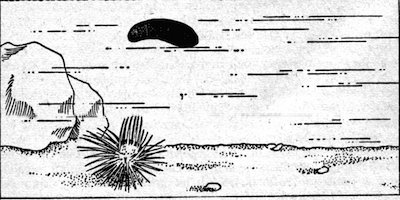
Form, Code, Milieu
Since Plato, form has been primarily seen as an ideal and active force that imprints itself on a physically existing, passive material. Within the history of European thought, the counterpart to this Platonic, idealist tradition is a materialist tradition – which is at least as strong albeit subordinated in many cases – that ascribes creative, forming potential to the material itself. With the current material turn, the world as a whole is described as a material-discursive structure that produces the specific forms of the visible and utterable through the processes of encoding, decoding, recoding and transcoding material streams. As with the concept of form itself, a long prehistory is implicit in code and milieu (as codex and medium), but in the narrow sense, they point to much more recent history: to modern biology and semiotics on the one hand, and to computer science, cybernetics and the engineering sciences on the other. The concept of milieu, at once environment and medium, originates in mechanics and has been applied in biology since the second half of the 18th century. From this point, the concept has played a crucial role in the historically contingent definition of living matter.
We seek to situate the three key concepts form, code and milieu within a critical intellectual history, to uncover their interrelationships and link them to contemporary approaches in image theory and topology. As an analogy of the triad of figure, contour and structure in image theory, the triad of form, code and milieu acts as the point of departure for a theory of natural and technical individuation and a relational and processual ontology that is based upon it.
In
an interdisciplinary dialogue between philosophy, biology and physics,
mathematics, computer science and cybernetics, and the history of art, media
and technology, our analysis of form, code and milieu will centre on the
historical genesis of its conceptual elements on the one hand and its relevance
to current research contexts on the other.

